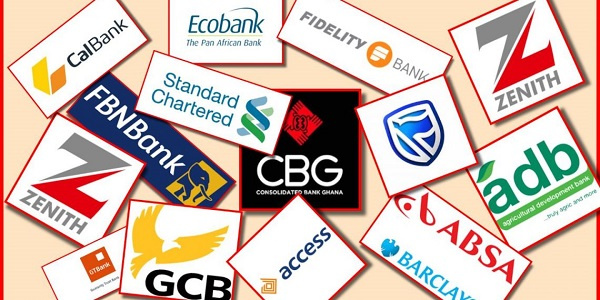Banks Shift Towards Short-Term Bills as Loan Growth Accelerates
Ghana’s banking sector witnessed a notable shift in the structure of its investment portfolios in April 2025, with short-term bills overtaking longer-term securities to become the dominant asset class, according to the latest Monetary Policy Report from the Bank of Ghana.
The report reveals that short-term bills accounted for 50.3 percent of banks’ investment portfolios, up from 42.4 percent in April 2024, reflecting a preference for more liquid instruments amid evolving market dynamics. In contrast, the share of securities declined to 49.4 percent from 57.4 percent a year earlier. Equity investments remained negligible, holding steady at 0.3 percent.
The shift comes as Ghana’s banking sector registered robust credit growth. Gross loans and advances, encompassing both domestic and foreign currency lending, rose 17.4 percent year-on-year to GH¢91.5 billion at the end of April 2025, more than double the 7.7 percent growth recorded in the corresponding period of 2024.
Private sector credit was the principal driver, expanding by 20.8 percent to GH¢86.8 billion, as confidence and demand in key sectors of the economy strengthened. This compares to a 10.8 percent rise in private sector credit the previous year. Meanwhile, credit to the public sector continued its decline, contracting by 11.7 percent to GH¢5.4 billion, following an 18.7 percent contraction in April 2024. As a result, private sector credit now accounts for 94.2 percent of total credit, up from 92.2 percent, with the public sector’s share falling to 5.8 percent.
The distribution of credit across industries underscores the services sector’s dominant position, claiming 35.6 percent of total credit, followed by commerce and finance at 25.3 percent, and manufacturing at 10.9 percent. Collectively, these three sectors accounted for 71.8 percent of total credit at end-April 2025, up from 66.7 percent a year earlier. The mining and quarrying sector continued to receive the least credit allocation, with its share declining slightly to 2.7 percent.
Off-balance sheet transactions primarily in the form of trade finance, guarantees and contingent liabilities fell by 14.1 percent to GH¢21.0 billion as of April 2025, from GH¢24.4 billion a year earlier. Consequently, the ratio of contingent liabilities to total liabilities declined to 6.1 percent, down from 8.8 percent.
The evolving portfolio composition, coupled with robust private sector lending, reflects cautious optimism in Ghana’s banking sector as institutions navigate a changing economic landscape shaped by monetary tightening and the ongoing implementation of IMF-backed reforms.








